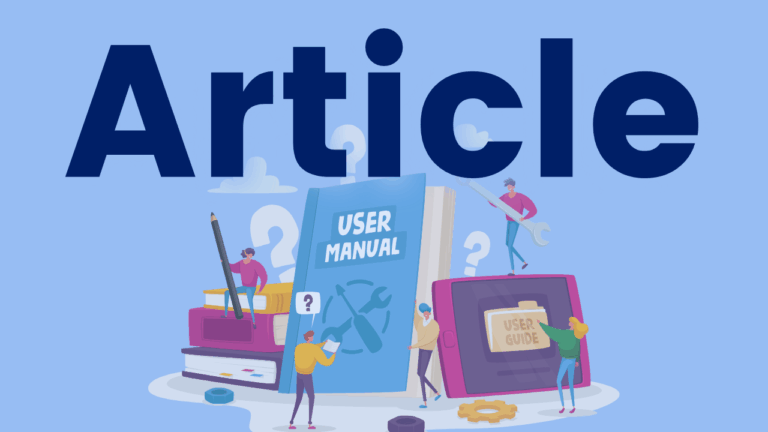Morphological Awareness Strategies for the General and Special Education Classroom: A Vehicle for Vocabulary Enhancement
In this article from the International Dyslexia Association Perspectives, Susan M. Ebbers discusses the significance of teaching vocabulary through morphology and presents practical strategies for instruction. The focus is on morphemes, including prefixes, suffixes, and roots, which are vital in conveying meaning and facilitating vocabulary growth. The author emphasizes the need for explicit instruction in morphology to foster students’ morphological awareness, a metalinguistic insight that aids in understanding word structure and meanings. Ebbers suggests introducing morphemic analysis gradually, starting with familiar affixes and base words. Incorporating context clues and multisensory activities can reinforce morphological knowledge. By nurturing morphological awareness, students can enhance their vocabulary and comprehension skills, improving their reading, writing, and communication abilities.





